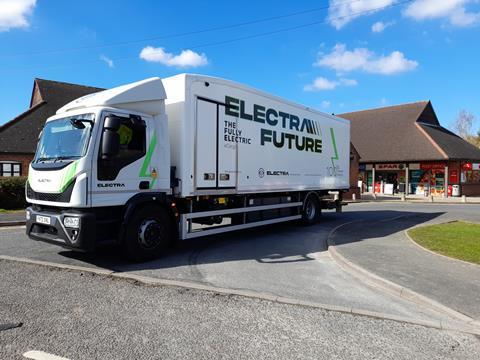
Draft laws to increase the maximum weight of heavy goods vehicles have been drawn up to help with the introduction of zero emission vehicles (ZEVs) and alternatively fuelled vehicles (AFVs).
Transport minister Richard Holden explained that the changes were needed because ZEV and AFV heavy goods vehicles may have heavier powertrain technology than their traditionally fuelled internal combustion engine (ICE) equivalents.
He said there are particular components in AFVs or ZEVs which are likely to be heavier than their equivalents in an ICE vehicle, most notably batteries, which are significantly heavier than a petrol or diesel fuel tank providing an equivalent vehicle range. Fuel tanks for pressurised gaseous fuels such as biomethane or hydrogen are also likely to be heavier than ICE equivalents, due to the need to reinforce them to cope with high pressure.
Due to current maximum weight limit restrictions, the heavier powertrain means AFVs and ZEVs can carry a decreased cargo weight than comparable ICE vehicles. This acts as a payload penalty, potentially decreasing their commercial appeal.
The new rules provide for a weight limit increase of 2 tonnes for certain ZEVs and up to one tonne for certain AFVs. No additional weight allowance for ZEVs or AFVs will apply over the existing maximum of 44 tonnes.
The new rules will be scrutinised by both houses of Parliament before coming into law.





















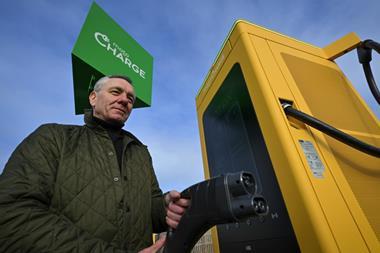
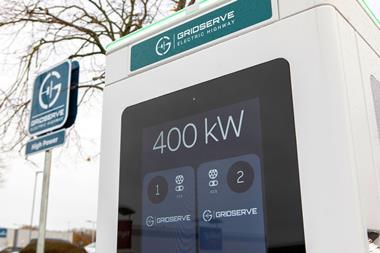
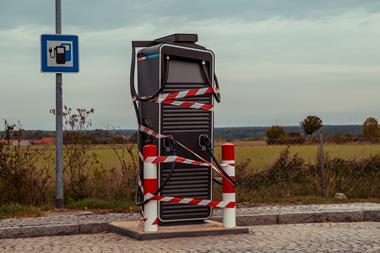

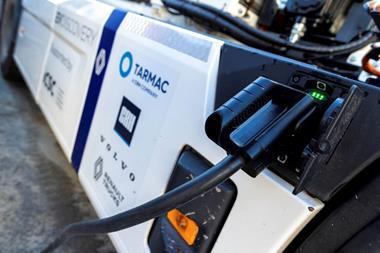
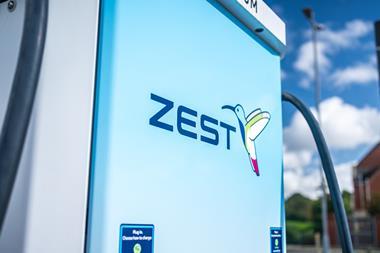






No comments yet